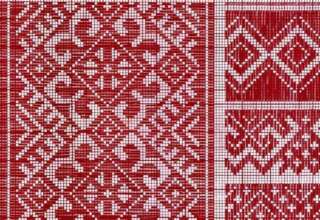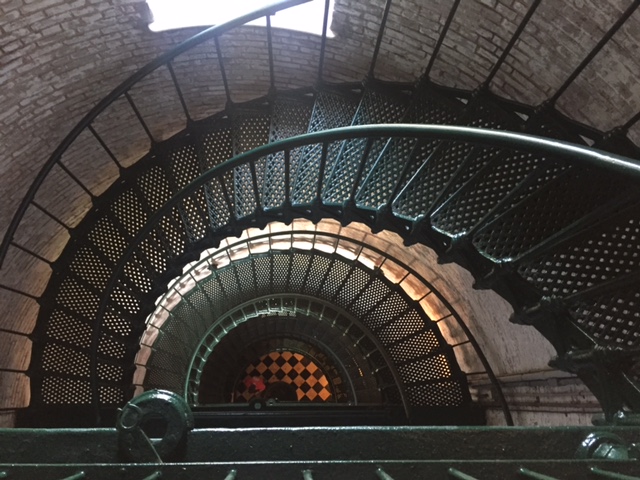
A Possible Validating Connection Between Cultureography and Voter Turnout
Cultureography is one way to understand attitudinal/behavioral phenomena in the US. It appears to be reciprocally validated by such things as voter turnout in elections. General elections historically generate lower voter turnout than presidential elections. While General elections have averaged turnouts of about 50–60% through most our history, only about 40% of those eligible to vote go to the polls in midterm elections. For historical consistency, the turnout number is percentage of voting age population (VAP).
If we apply the cultureographic model distribution to the electorate, Gradualists (Cultureographic Reactives) who constitute 10% of the population would account for the typical “swing vote” percentage in those elections where specific issues precipitate behavior that would otherwise remain inactive.
Moreover, when Reactives revert to their Cultureographic Inactive modality (as in typical “off-year” elections) the total non-voter percentage rises closer to 60%; again, a number approximately correlating to 60(+) percent of VAP. This allows for a very interesting, and sobering, calculation. If half the electorate doesn’t vote, and the half that does vote gets divided 50/50, then about 25% of the population calls the shots for one party or the other. The remaining 75% either sit it out or go along.




